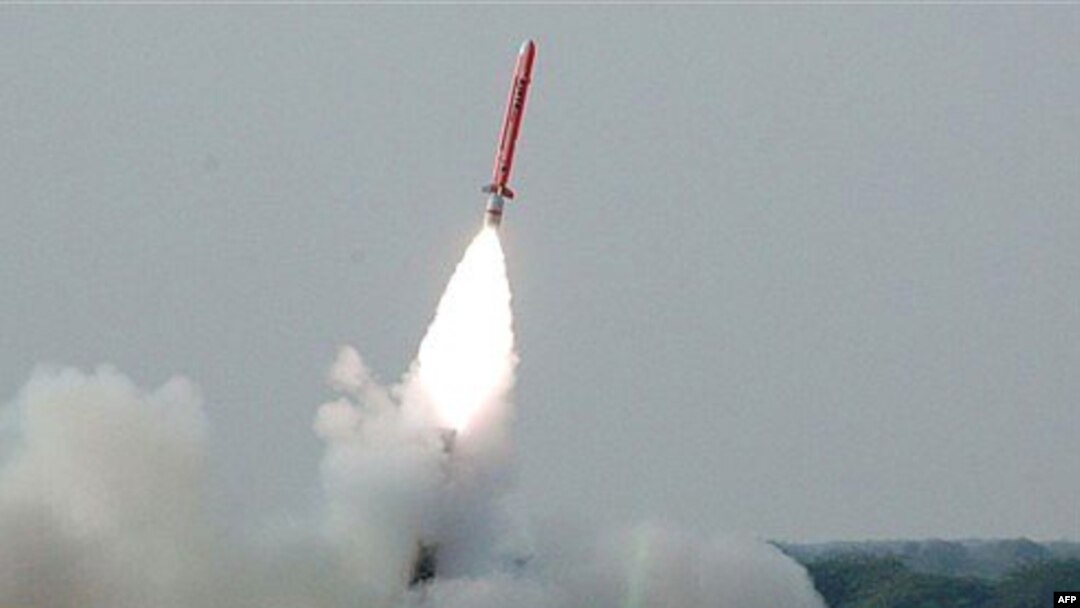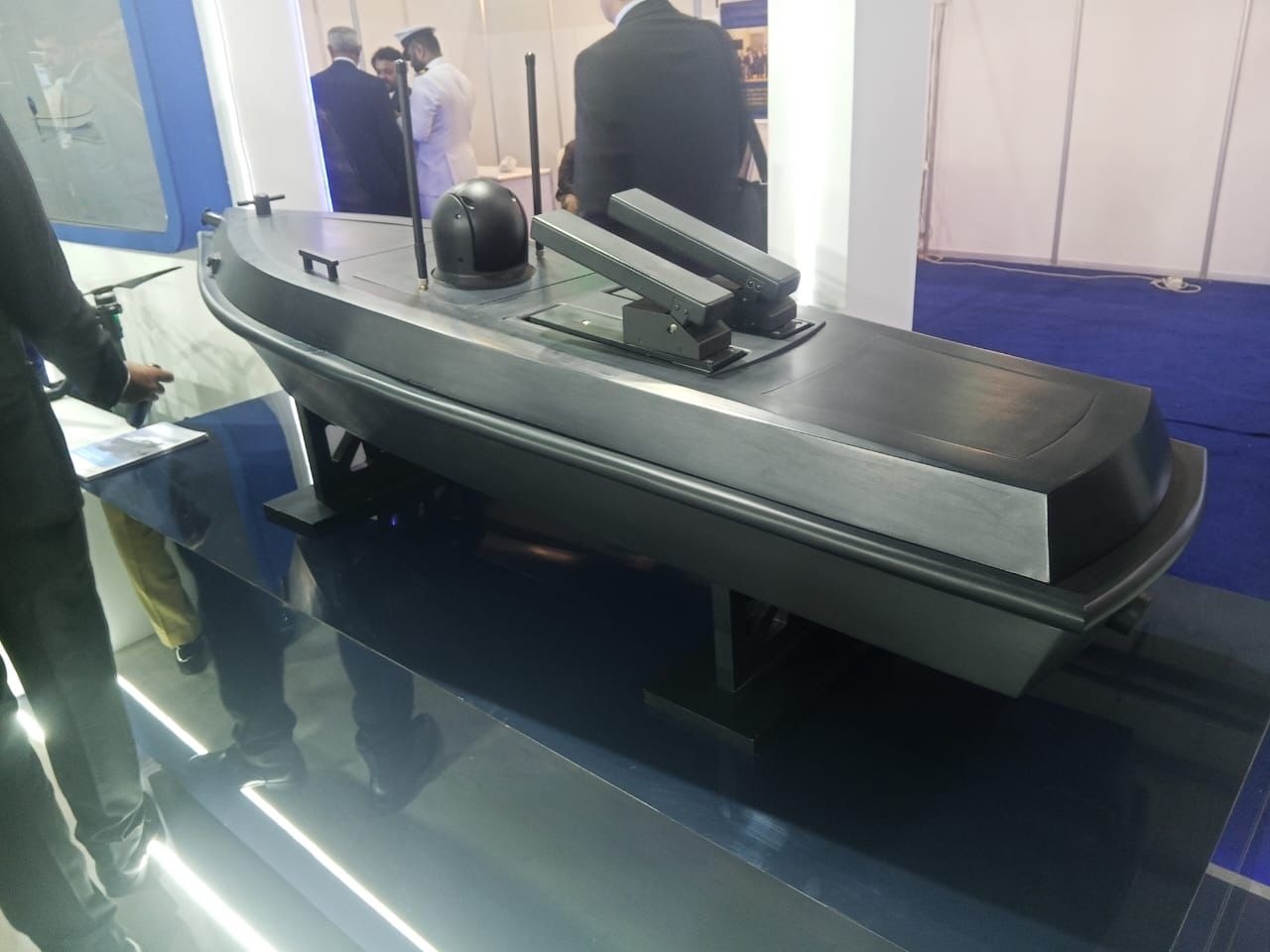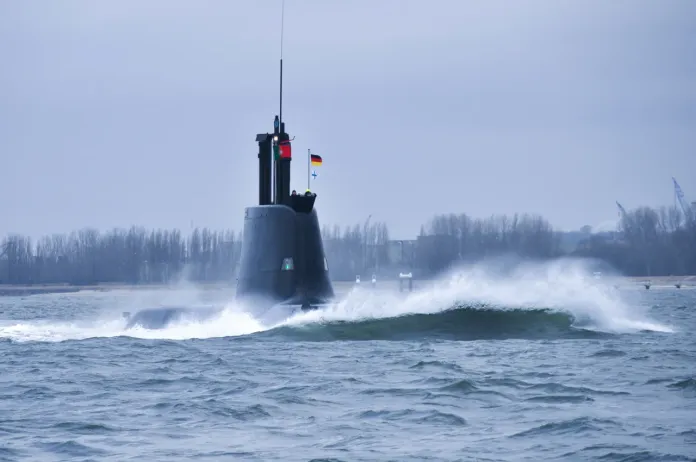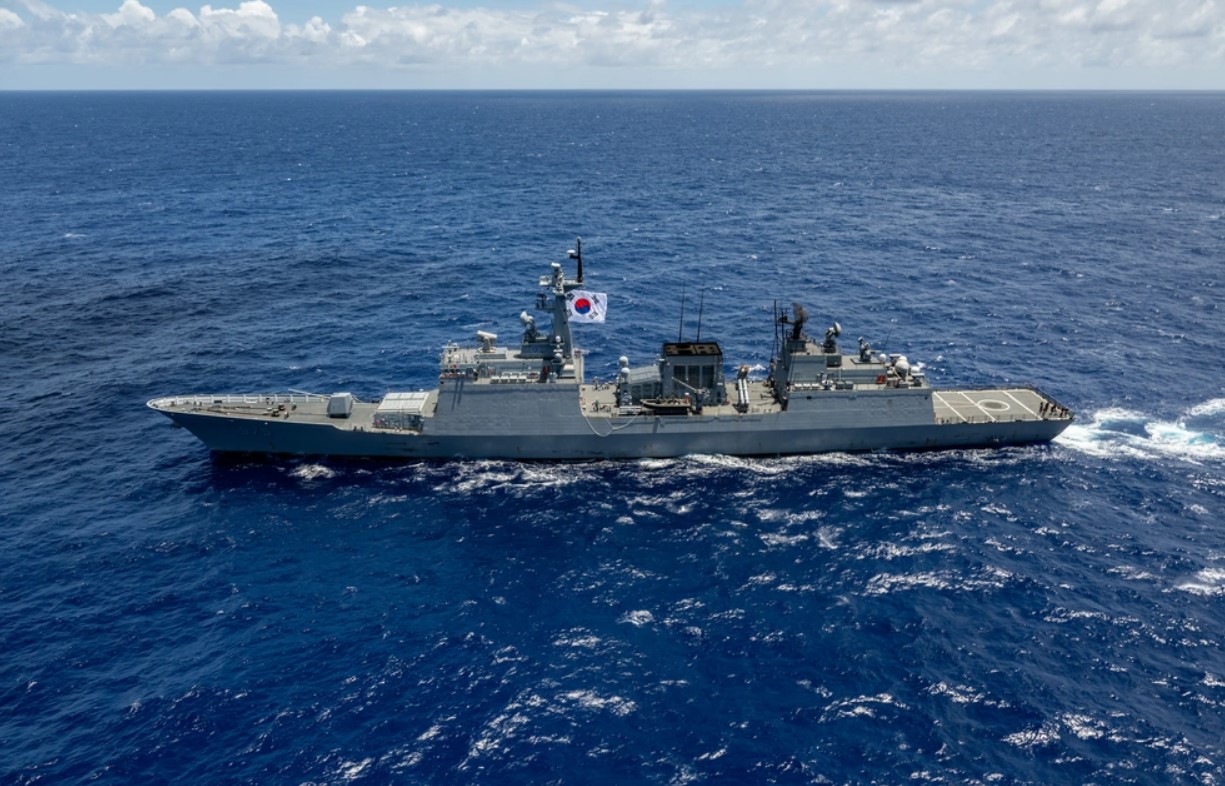Pakistan’s pursuit of strategic equilibrium amidst the volatility of South Asia has sometimes placed its defence outlook under global scrutiny. The cornerstone of the country’s national security paradigm is its nuclear deterrence which is personified with the development of a credible second-strike nuclear capability. A recent allegation from Drop Site News, claiming Pakistan sought second-strike nuclear assistance from China in exchange for a military base in Gwadar lacks substantiation and ignores Pakistan’s indigenous achievements and strategic foresight.
To understand the sophistication of Pakistan’s deterrence posture, it is incumbent on readers to analyse its strategic developments and technical capabilities in the context of regional dynamics. Pakistan’s nuclear doctrine operates with the ethos of full spectrum deterrence which is further amplified by the nation’s Quid Pro Quo Plus strategy. This posture delivers a calculated response across the spectrum of threats which includes conventional military aggression as well as nuclear bluffs, ensuring dominance in the escalation ladder.
Quid Pro Quo Plus emphasises proportionality and control, enabling Pakistan to deter any threat without prematurely escalating it to the nuclear realm. This doctrine is underpinned by advancements in delivery s;ystems, survivability measures and command-and-control frameworks, reflecting integration in the national defence paradigm. The / defines Pakistan’s second strike capability. The missile was tested in 2017, boasting a range of 450 Kilometres with terrain hugging flight and nuclear warhead capabilities.
This system provides Pakistan with an elementary yet credible sea based deterrent capable of ensuring an effective second strike after a debilitating first strike. Babur-III is being integrated with the French built Agosta-90B submarines which have been successfully integrated in Pakistan’s Naval arsenal. Whilst Pakistan still relies on diesel submarines and has still not acquired SSBNs, (nuclear powered ballistic submarines), its second strike capabilities are effective and guaranteed because of strategic dispersion and indigenous technological resourcefulness. The Khalid Class submarines including the PNS Hamza boasts the French designed MESMA AIP system which offers extended submerged operations, enhancing survivability in any nuclear conflict.
Pakistan has also procured China’s Hangor Class submarines that offer an even more advanced AIP system which although lack the endurance of nuclear submarines, have the stealth and mobility required to ensure control of the escalation ladder if and when needed.
India, on the hand has developed its own nuclear submarine, the INS Arihant which solidifies its nuclear capabilities. The K-15 and K-4 submarine launched ballistic missiles reinforce India’s second strike capability. Whilst there is asymmetry between India’s nuclear submarine fleet and Pakistan’s AIP-equipped submarines which are undoubtedly inferior, it does not negate Pakistan’s deterrent credibility or its ability to ensure a successful second strike.
To mitigate the asymmetry arising from India’s superior systems, Pakistan has incorporated lower yield tactical nuclear weapons along with mobility-focused deployments which ensure that its nuclear weapons remain sustainable and operationally relevant. Undoubtedly, the acquisition of nuclear submarines would significantly alter the current asymmetry between Pakistan and India but financial and technological constraints have so far not allowed their acquisition or development.
It is estimated that a single nuclear submarine would cost anywhere between $2-3 billion which includes the cost of design, reactor miniaturization, ballistic missile integration, and the infrastructure needed to support it. Pakistan could potentially develop nuclear submarines in different phases capitalising on both domestic innovation and international cooperation.
Such an endeavor would entail significant investments in human capital, naval instructors, and sophisticated underwater communication systems. However, Pakistan has already achieved the diversity required to ensure the delicate strategic balance of South Asia.
Pakistan’s land-based ballistic missiles include short to medium-range systems featuring the Shaheen and Ghauri, which are both capable of delivering conventional and nuclear payloads. Air-delivered assets including the Ra’ad air-launched cruise missile complement Pakistan’s overall strategic reach building a triad-like diversification that somewhat balances the nuclear asymmetry between Pakistan and India across multiple domains.
Pakistan solidifies its deterrence posture with the development of tactical nuclear weapons (TNWs) which effectively counter India’s Cold Start doctrine. The Nasr missile has been specifically designed to ensure Pakistan’s control of the escalation ladder, limiting India’s ability to reach any decisive victory. Tactical nuclear weapons cement Pakistan’s full spectrum deterrence capability, providing the versatility needed to respond to any and every kind of threat.
Given India’s stated stance of No First Use (NFU), Pakistan enjoys a greater strategic latitude, offering more options in any conventional or unconventional engagement. Pakistan’s Strategic Plans Division ensures a robust command and control system designed to prevent unauthorised use whilst also maintaining crisis stability and operational protocols. The incorporation of innovations in survivable communications and redundancies solidify the resilience of Pakistan’s nuclear command structure.
Despite India’s superior arsenal, Pakistan’s nuclear capability ensures full spectrum deterrence, effectively protecting the latter from nuclear aggression or blackmail. Pakistan has displayed a pragmatic approach to address the asymmetry with India by balancing indigenous innovation and strategic partnerships which serve as a guarantee of strategic stability in South Asia. Any allegation which diminishes Pakistan’s full spectrum deterrence must be analysed with caution considering special interests which may not coincide with geopolitical, tactical and strategic realities.

Hamza Azhar Salam
Hamza Azhar Salam is the founder and editor of The Pakistan Daily. His area of expertise includes diplomacy, politics and defence. X: @HamzaAzhrSalam
- This author does not have any more posts.












